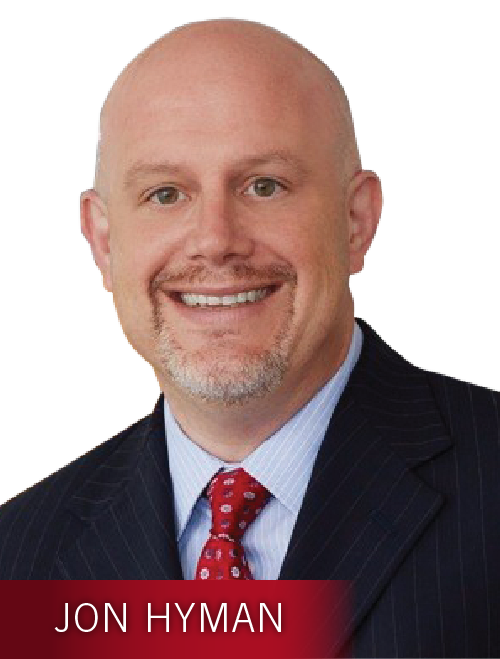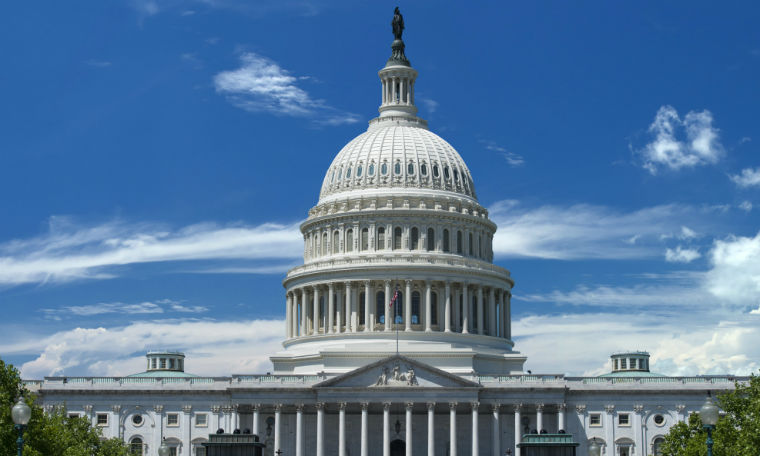One employer is an anomaly, two is a trend that must be stopped.
Last week, I nominated for the Worst Employer of 2020 an unnamed national restaurant chain that was reported to be stealing (the company called it “absorbing”) its employees’ CARES Act stimulus checks by reducing their scheduled hours in a pro-rata amount.
Now, another employer has been outed with similar plans.
According to KXAN, an unnamed national company advised its employees that it would be preemptively deducting funds from their paychecks based on the amount each employee anticipated receiving in their stimulus check.
The worker said his company emailed a form titled “Employee Acknowledgement of ‘Government Assistance’ Pay Reduction” to some staffers on Wednesday. “In response to the economic crisis that is affecting all of us due to the coronavirus pandemic…(company name redacted) are hereby enacting the Employee Emergency Compensation Fund,” the letter stated.
The agreement would put workers under a “temporary compensation reduction that is in line with the assistance that it receives from the federal government related to the COVID-19 pandemic.” By signing the agreement, the company’s employees would have their paychecks between April 6 and April 20 cut by 100% of any money received under the stimulus bill.
The company would also take half of the $500 stipend allotted for dependents under the bill.
The Lost Ogle identified the company as Oklahoma City-based ImageNet Consulting, and further reported that after public outcry it has delayed the plan. The company’s President/CEO Pat Russell sent the following email to his employees:
As a result of the few inquiries we have this week, I wanted to make the following points of clarification with regard to the Employee Emergency Compensation Program that was announced and specifically for those employees who have not already sacrificed with immediate pay reductions.
First, the plan will not go into effect until the earliest of April 6th and, there will be no pay reduction for the paycheck received on that date.
Second, it appears that Congress is very close to passing sweeping legislation to provide relief to companies like ours and to individuals. … If we can determine ways to minimize the amount of sacrifice that we have asked everyone to make, we will do so and amend the plan accordingly.
That last paragraph is his email is really important. The CARES Act contains key payroll and other relief to small and mid-size businesses, known as the Paycheck Protection Program. It allocates $350 billion to businesses with less than 500 employees through low interest (and, in some cases, fully forgivable) loans to help pay payroll, rent and utilities.
There are ways to keep your business operational and solvent without “absorbing” your employees’ stimulus checks. They need that money to live. Moreover, in the very same Act that makes those stimulus checks available, the government also makes available for businesses Paycheck Protection Program loans. Use those loans to help your business stay afloat during these trying and difficult times. Don’t absorb the money that’s meant specifically for your employees. It’s just plain wrong.
For more information on how your business can obtain funds through the Paycheck Protection Program, contact me and I’ll put you in touch with an attorney on our Coronavirus Response Team.














 Equity derivatives clearing organization OCC named
Equity derivatives clearing organization OCC named  U.S.-headquartered
U.S.-headquartered  Health care technology company
Health care technology company  Mobile commerce optimization platform Button named Ken Stelzer as chief financial officer. Stelzer will build a strategic finance function at Button to accelerate revenue and profit growth. He brings nearly 20 years of experience in finance and operations at both public and private companies. Most recently, he was the chief financial officer of Zocdoc. Before that he served as CFO of Bankrate and Integreon. He has significant expertise in corporate finance, executing growth initiatives and implementing operational efficiencies to drive profitability. He’s also overseen M&A transactions valued at more than $6 billion and helped raise more than $4 billion in capital through debt and equity offerings.
Mobile commerce optimization platform Button named Ken Stelzer as chief financial officer. Stelzer will build a strategic finance function at Button to accelerate revenue and profit growth. He brings nearly 20 years of experience in finance and operations at both public and private companies. Most recently, he was the chief financial officer of Zocdoc. Before that he served as CFO of Bankrate and Integreon. He has significant expertise in corporate finance, executing growth initiatives and implementing operational efficiencies to drive profitability. He’s also overseen M&A transactions valued at more than $6 billion and helped raise more than $4 billion in capital through debt and equity offerings. Button also named Stephanie Mardell as chief people officer. Mardell will continue evolving Button into a place of admirable talent. She was previously vice president of people at Button. As the company’s 14th employee, she built its people team from scratch through her meticulous, data-driven approach to people operations, garnering Button recognition as one of the best places to work year over year by
Button also named Stephanie Mardell as chief people officer. Mardell will continue evolving Button into a place of admirable talent. She was previously vice president of people at Button. As the company’s 14th employee, she built its people team from scratch through her meticulous, data-driven approach to people operations, garnering Button recognition as one of the best places to work year over year by  Eightfold.ai also named Celia Poon as chief financial officer. A seasoned finance executive with experience in both public and private fast-growing companies in Silicon Valley, Poon joins Eightfold.ai following a year in which the company opened two new international offices and reached over $55 million in total funding. Poon will lead all financial operations with a focus on building out financial functions. Poon brings broad finance leadership experience to Eightfold.ai, having served as chief financial officer at both Wag Labs Inc. and Highfive. Prior to her roles as CFO, Poon served as VP of finance at Twitter for four years as well as VP of corporate finance at Zynga, and VP of corporate finance and treasury at Yahoo. Poon graduated with an economics degree from the University of California, Los Angeles, and holds MBA degree from the Walter A. Haas School of Business at the University of California, Berkeley.
Eightfold.ai also named Celia Poon as chief financial officer. A seasoned finance executive with experience in both public and private fast-growing companies in Silicon Valley, Poon joins Eightfold.ai following a year in which the company opened two new international offices and reached over $55 million in total funding. Poon will lead all financial operations with a focus on building out financial functions. Poon brings broad finance leadership experience to Eightfold.ai, having served as chief financial officer at both Wag Labs Inc. and Highfive. Prior to her roles as CFO, Poon served as VP of finance at Twitter for four years as well as VP of corporate finance at Zynga, and VP of corporate finance and treasury at Yahoo. Poon graduated with an economics degree from the University of California, Los Angeles, and holds MBA degree from the Walter A. Haas School of Business at the University of California, Berkeley.  Recruitment marketing company
Recruitment marketing company